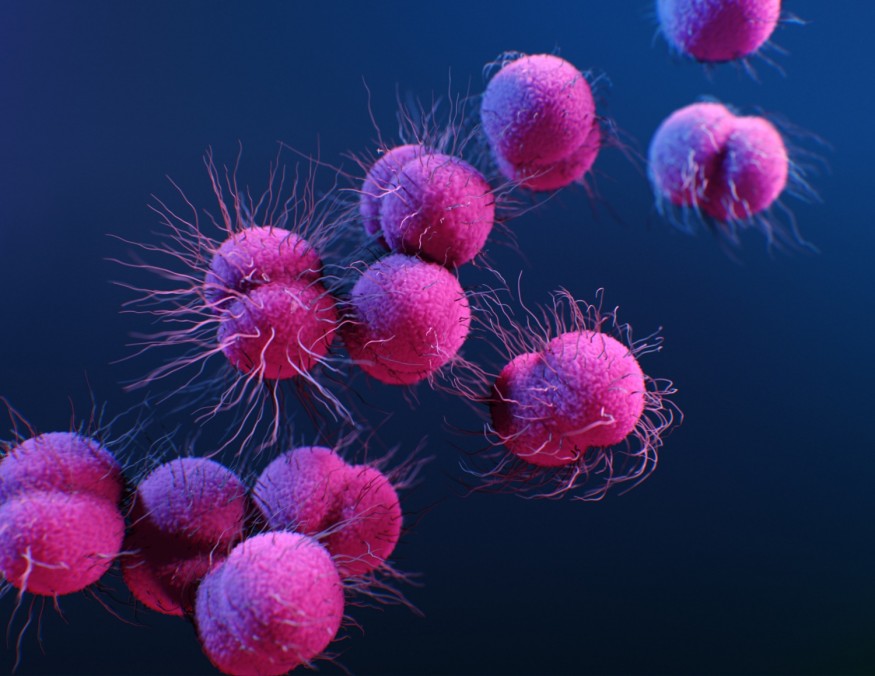A recent study discovered that microbial communities change while a coral sleeps, which may help with efforts to restore coral health.
Importance of Microbial Community

The vast majority of the biodiversity on earth is made up of microbial communities, which also play important roles in the functioning of ecosystems by decomposing organic matter, cycling nutrients biogeochemically, and degrading xenobiotics, as per ScienceDirect.
As they carry out all of the aforementioned regulatory functions at the land-sea interface, this is especially true for coastal sediment microbial communities.
Because there is a lot more surface area for microorganisms to attach to in sediments than in water, the diversity of coastal microbial communities is more pronounced in sediments than in water.
The microbial communities along the coast are complex and change over time and space.
Additionally, microbial diversity is defined as the complexity and variability of microbes at various levels of biological organization, such as genetic diversity, species diversity, and ecosystem diversity, as well as the evolutionary and functional processes that connect them.
Species diversity is defined by species richness, abundance, and evenness of distribution, which are also important factors to take into account.
Particularly the microbes in the coastal areas are subjected to extreme environmental conditions like temperature, pH, and salinity, and are subjected to various interactions, resulting in the production of novel metabolites.
Corals hibernate and microbiomes support them
In a study led by Assistant Professor Anya Brown of the University of California, Davis, it was discovered that this coral undergoes a crucial seasonal reset as its microbial communities change as it goes into dormancy, as per ScienceDaily.
The research could have an impact on coral in warmer waters that are battling environmental problems like climate change.
According to Brown, a member of the UC Davis Bodega Marine Laboratory in the Department of Evolution and Ecology, dormancy is fundamentally an organism's reaction to a stressor in its environment, in this case, cold stress.
Knowing more about this period of recovery could help us identify the microbes that might be in charge of regenerating coral in warmer tropical systems.
In order to gather 10 different colonies of coral A, scientists dove 60 feet below the surface into water that was nearly 40 degrees Fahrenheit from October 2020 to March 2021.
From a dock in Woods Hole, Massachusetts, poculata. This coral can be found in the Atlantic waters off of Massachusetts and the Gulf of Mexico.
The coral pulls back its tentacles as the water cools, stops eating and reacting to touch, and goes dormant.
The microbiomes of the wild coral were characterized before, during, and after dormancy.
They discovered that the coral's microbiome sheds pathogen- and nutrient-loving microbes while growing microbes that might contribute nitrogen when the coral isn't eating.
The researchers discovered that the corals' reorganization aids in the preservation of the structure of their microbial communities.
This study examined coral, a marine species A. poculata has now been added to the list of animals whose microbiomes have been discovered to change while they are dormant, along with bears, squirrels, crickets, and others.
For instance, the ground squirrel's gut microbiome is crucial for recycling nitrogen during hibernation, when the squirrel fasts.
Related Article: Evolution Affected by Microbes Found in Animals' Guts: A Study
© 2025 NatureWorldNews.com All rights reserved. Do not reproduce without permission.





